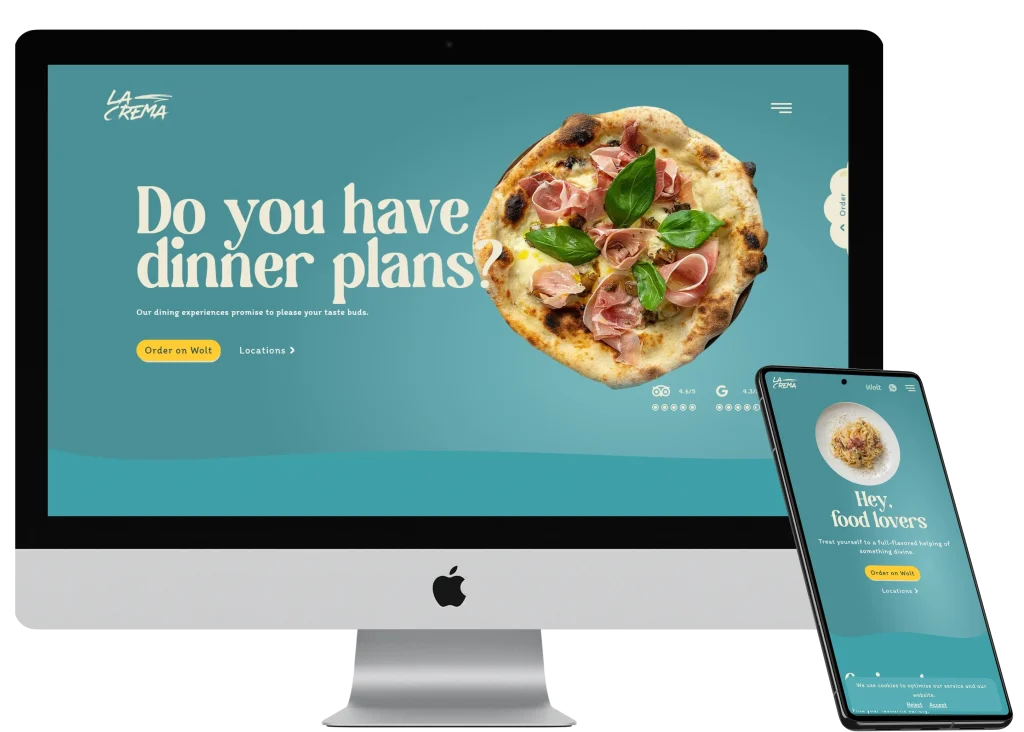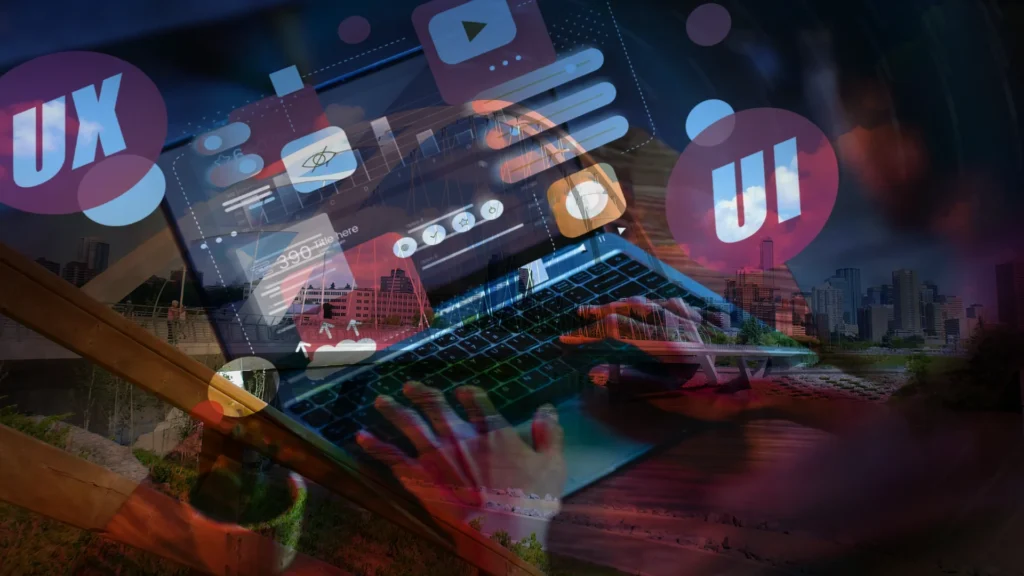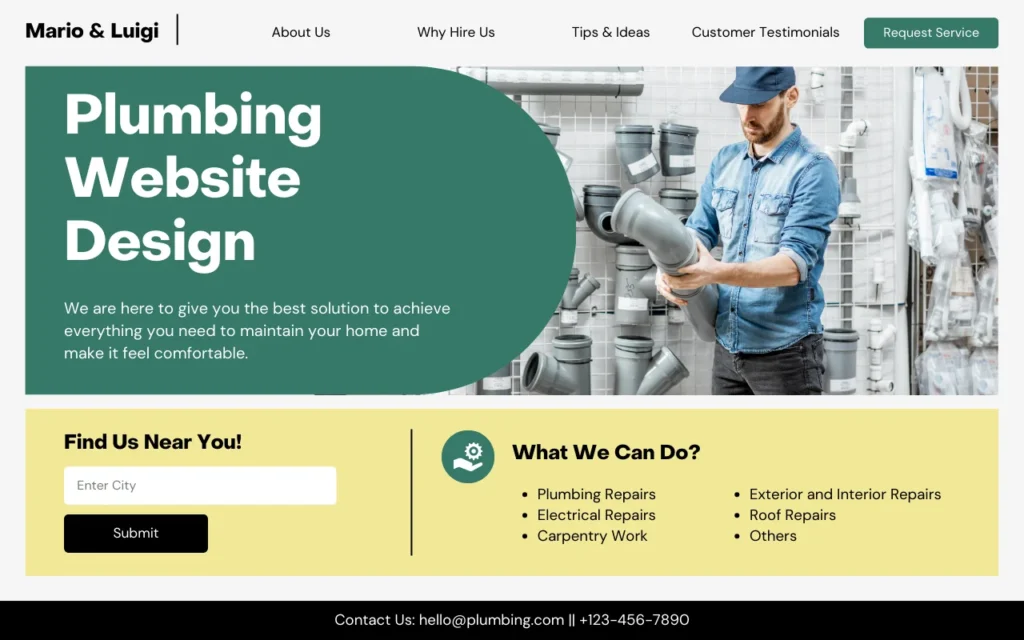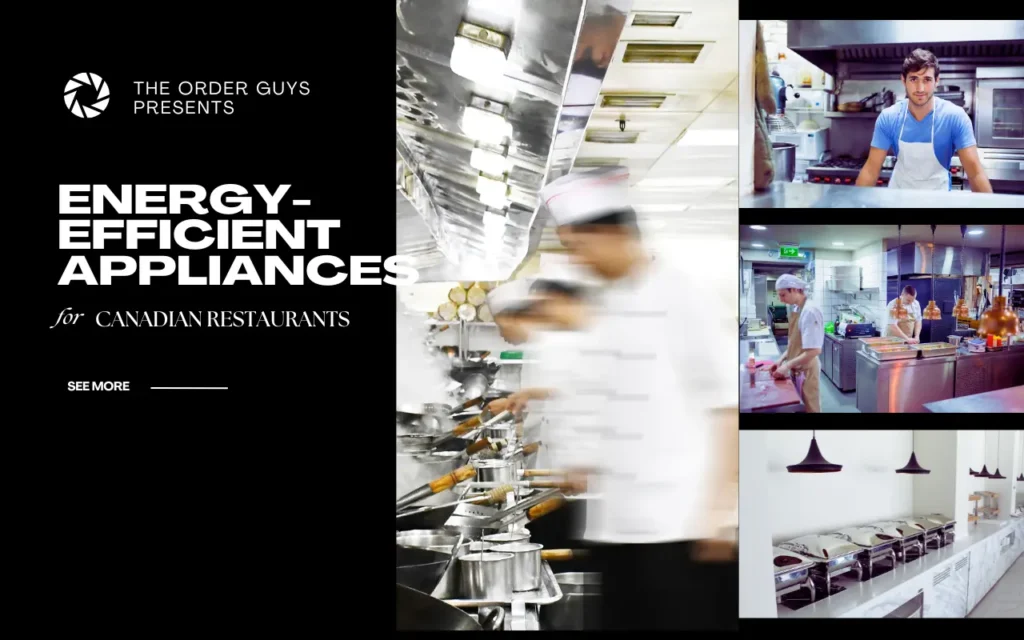Future-Proofing Your Business isn’t just a buzzword—it’s a survival skill. Technology is evolving at an unprecedented rate, and the tools you choose today will either power your growth or hold you back tomorrow. In this guide, you’ll learn how to identify innovative solutions that not only meet your current business needs but also adapt to future trends. By focusing on flexibility, scalability, and longevity, you’ll position your business for sustained growth and efficiency, ensuring every tech investment continues to deliver value for years to come.
Decoding Longevity: What Makes Technology Last?

Longevity in tech depends on three things: usability, support, and scalability.
A user-friendly system your team actually enjoys using will outlive any fancy one gathering dust.
According to Gartner’s IT Market Clock, tools with large user communities and long vendor roadmaps statistically outlast niche or closed systems. Look for:
- Regular software updates (not annual “patches”)
- Clear documentation and open developer APIs
- Active forums, GitHub communities, or user groups
If a product evolves with its users, it stays alive longer — plain and simple.
The Role of Adaptability in Tech Selection
Adaptable tech pays off differently across roles, but the pattern is the same: fewer rebuilds, more output. In office and admin work, tools that integrate and evolve (think Microsoft 365 + Copilot, or no-code connectors into your CRM) are turning busywork into button-clicks—large trials report workers saving ~26–40 minutes per day as routine drafting, summaries, and lookups get automated, which compounds into real headcount capacity over a year. Barron’s+2Microsoft+2.
In tech teams, choosing platforms with open APIs, public roadmaps, and active ecosystems lets you plug in AI, observability, or auth without re-platforming; it’s also where revenue shows up—43% of fully API-first orgs now generate 25%+ of total revenue from APIs, signaling durability and upside when your stack is built to integrate. voyager.postman.com
In driving, dispatch, and field ops, adaptability means route/telematics systems that talk to maintenance, payroll, and billing; algorithmic routing routinely cuts 10–20% miles/fuel, and UPS’s ORION has been credited with saving ~10 million gallons of fuel per year and $300–$400M in annual cost avoidance—hard, bankable ROI. Finmile+2BSR+2
Big picture: pick software that integrates widely, updates frequently, and scales modularly, and you’ll capture the productivity dividend whether your team is at a desk, in code, or on the road—and you’ll be positioned to bolt on the next wave (AI, automation) instead of starting from scratch. mckinsey.com
Understanding the Lifecycle of Tech Products
Every tool you pick for a website—CMS, theme, page builder, JS framework, even that “clever” slider plugin—rides the same curve: launch → growth → maturity → decline. In practice, that curve decides whether your site hums along for years or suddenly needs an expensive rebuild. Example: a visual site builder that stops shipping updates when PHP or Node hits a new LTS will quietly break your staging environment, then your checkout, then your sanity. Meanwhile, a framework with an active roadmap, semantic versioning, and migration guides (think React/Next, WordPress core, Tailwind) lets website designers keep iterating, marketers keep publishing, and developers upgrade in days—not months.
For website owners: assume a 3–5 year refresh cycle for major site tech. Choose platforms that prove they’ll still be alive at the next redesign: frequent releases, public security advisories, and a big ecosystem of maintained plugins/integrations. For designers: pick UI kits and patterns tied to living systems (design tokens, versioned components) so your visuals don’t die with a theme update. For developers: anchor to LTS runtimes (Node/PHP), watch deprecation policies, and check a tool’s “bus factor” (Is it one maintainer? Run.)—then architect with adapters so swapping a search, auth, or payments provider is a config change, not a rewrite.
Quick gut-check before you commit: Is there a public roadmap? Do releases ship quarterly or better? Are issues closed regularly? Is there an LTS policy and clear upgrade path? Do the integrations you need (payments, CRM, analytics) support stable APIs and versioning? If you can answer “yes” to most of that, you’re not just buying a tool—you’re buying future time. If not, you’re renting a headache that matures into technical debt right when you need speed.
Riding the Waves: Identifying Industry Trends

You don’t need a crystal ball to spot real trends—you need to watch the places that quietly change the rules, then apply them to your stack. In tech and SaaS, for example, browser updates and privacy shifts (think Core Web Vitals and third-party cookies fading out) hit conversion before they hit headlines. Teams that moved analytics to server-side tagging and fixed INP with lighter JS and skeleton loaders saw demo bounce drop and win-rates rise. Same story in web design: platforms that ship quarterly and publish roadmaps (with stable APIs) let you add SSO, SCIM, or AI-assisted search without a rebuild; tools with a silent changelog turn into technical debt right when you need speed.
Education shows the same pattern. Classrooms standardizing on Canvas or Google Classroom are quietly demanding LTI 1.3 compatibility and privacy-first data flows. Schools that adopt AI-assisted rubrics inside those LMS ecosystems save teachers hours each week because rosters, grades, and content sync automatically. If you’re designing those portals, build to the standard—semantic HTML, WCAG 2.2, and LTI hooks—and your site survives the next district mandate with a version bump, not a total redesign.
On the road, dispatch and field ops prove that “trend” is just another word for “money you keep.” ELD rules, real-time traffic, and fuel inflation made route optimization non-optional; companies that plugged telematics into payroll, maintenance, and invoicing cut windshield time by double digits and squeezed in extra jobs per crew. For devs, that translates to API-first architecture: one clean data stream feeding billing, compliance, and customer updates—no CSV acrobatics, no weekend replatforms.
AI is the loudest wave, but the wins are boringly practical. Support teams that use AI for first-draft replies and summaries (edited by humans) trim handle time while keeping CSAT intact. In the IDE, copilots that autocomplete and refactor help you ship accessibility fixes, schema, and performance improvements faster—real impact for web teams chasing rankings and conversions. The trick is governance: wire AI into the tools you already trust (CRM, help desk, repo), log prompts/outputs, and measure minutes saved per task so it’s a system, not a toy.
Even streaming and media point the way. Codec shifts to AV1/HEVC and server-side ad insertion aren’t hype—they’re lower CDN bills and higher playback success on mid-tier devices. Publishers that re-encode libraries keep quality while shaving bandwidth; designers who plan for multiple bitrates and captions by default avoid “accessibility later” fire drills. The same mindset applies to any marketing site with video: optimize at the edge, serve lighter assets, and your Core Web Vitals—and ad revenue—thank you.
Local service businesses feel it, too. Clinics and restaurants that adopt privacy-safe analytics, one-tap wallets, online booking, and post-visit review prompts climb Maps rankings and cut no-shows. For the site build, that means fast pages, structured data, and swap-able integrations (payments, booking, email) behind environment variables. Bottom line: real trends surface first in standards, browsers, and your own metrics. If you track those and design for swap-ability, you surf. If you chase headlines, you swallow seawater.
The Art of Integration: Choosing Compatible Solutions

Seamless integration isn’t a luxury—it’s the backbone of an efficient digital operation. When your new tools connect cleanly with the ones you already rely on, your workflows speed up and your headaches shrink. Before adopting any new tech, check that it plays nicely with your current stack—CRM, analytics, email, or payment systems. Choose platforms that support open APIs and established integrations so data moves freely between apps without constant manual fixes. Well-integrated systems reduce errors, cut redundant work, and let your team focus on strategy instead of software babysitting. Most importantly, a connected ecosystem future-proofs your business by making it easier to swap tools, scale up, or add automation as you grow.
Aligning Tech with Existing Systems and Processes
Your operational effectiveness hinges on how well new tech aligns with your workflows. Mapping out your current processes before introducing new solutions enables you to identify gaps and overlaps. Choose technologies that support your specific needs and naturally fit into your existing framework, minimizing the need for extensive training or adjustments. This strategic approach maximizes productivity and retains employee engagement.
Future-Proofing Your Network Infrastructure
Invest in a robust network infrastructure designed for scalability and flexibility. Choose solutions that support advanced protocols and can easily adapt to emerging technologies. Look for systems that offer redundancy and have proven track records of reliability, as these features are important for maintaining performance under increasing data loads. Future-proofing involves foresight; consider cloud capabilities and IoT readiness to ensure your infrastructure remains relevant.
Investing in future-proof network infrastructure means selecting hardware and software that can grow with your business. Consider scalable solutions such as cloud networking or Software-Defined Networking (SDN), which allow you to expand resources as needed without extensive overhauls. Security needs should also be prioritized; deploying next-gen firewalls or Unified Threat Management (UTM) systems will provide a protective layer against evolving cyber threats. Choosing technology that can adapt to both current demands and unforeseen challenges will safeguard your operations for years to come.
Financial Forecasting: Budgeting for Tomorrow’s Tech
To effectively budget for future technologies, you’ll need to adopt a holistic approach that considers initial costs, maintenance, and potential savings. Aligning your financial strategies with technological innovations demands a keen understanding of market trends and your organization’s specific needs, ensuring you allocate resources that yield long-term benefits without compromising your operational budget.
Understanding Total Cost of Ownership (TCO)
Total Cost of Ownership encompasses more than just the purchase price of technology; it includes all associated costs such as installation, training, maintenance, and eventual upgrades. Evaluating TCO provides a clearer financial picture, urging you to consider both direct and indirect costs over the lifespan of the technology, allowing for better investment decisions.
Evaluating ROI for Long-Term Investments
Evaluating ROI involves analyzing the expected benefits against the investments made in technology. By forecasting the potential financial impact, you can prioritize technological solutions that not only fit your current needs but also promise future revenue growth or efficiency gains, securing a competitive edge.
When measuring ROI, consider factors such as increased productivity, cost savings from process efficiencies, and potential revenue from enhanced customer experiences. For instance, a cloud-based system might have a higher upfront cost but could reduce operational costs by 20% annually, leading to substantial long-term savings. Thorough analysis with real-world benchmarks allows you to make informed decisions, ensuring your tech investments align with strategic goals and deliver tangible returns over time.
Building Resilience: The Importance of Training and Support
Resilience in your business relies on the ability of your team to adapt to new technologies. Continuous training and support ensure that employees are not only comfortable with existing systems but also prepared to embrace future tools. Implementing a strong training program enables your workforce to stay ahead, increases productivity, and enhances your organization’s overall effectiveness in utilizing technology. These elements contribute to a robust workforce able to navigate the evolving tech landscape without disruption.
Establishing Continuous Learning within Your Team
Fostering a culture of continuous learning within your team helps mitigate the risk of skill obsolescence. Encourage regular workshops, webinars, and access to online courses relevant to your industry. Creating personalized development plans allows employees to focus on skills that directly contribute to your business goals while keeping pace with technological advancements.
Leveraging Vendor Support for a Sustainable Tech Ecosystem
Vendor support can be a game-changer in maintaining your technology’s relevance. Building solid relationships with vendors ensures you receive timely updates, troubleshooting assistance, and strategic advice on leveraging new features. By actively engaging with vendors, you can stay informed about upcoming releases and best practices, allowing you to align your tech investments with future developments and industry trends.
Engaging with vendor support goes beyond mere troubleshooting; it can facilitate your entire tech ecosystem’s sustainability. Establish regular communication channels with your vendors for insights on product roadmaps and training opportunities. For example, IBM’s customer success program offers dedicated resources for businesses looking to extract maximum value from their software. Utilizing such programs can not only enhance your immediate tech capabilities but also lay a foundation for ongoing adaptation as technology evolves, ensuring your organization remains at the forefront of innovation.
Future-Proofing Your Business Conclusion
At The Order Guys, we believe the best tech decisions aren’t about chasing trends — they’re about building systems that last. When your tools integrate smoothly, scale effortlessly, and get consistent support, you’re not just buying software — you’re buying time. Choose platforms with proven track records, active updates, and open integrations that grow alongside your business. Keep an eye on vendor reliability and emerging tech shifts, and you’ll stay a step ahead instead of playing catch-up. The goal isn’t to have the newest stack — it’s to have the smartest, most adaptable one that keeps your business future-ready and firing on all cylinders.












